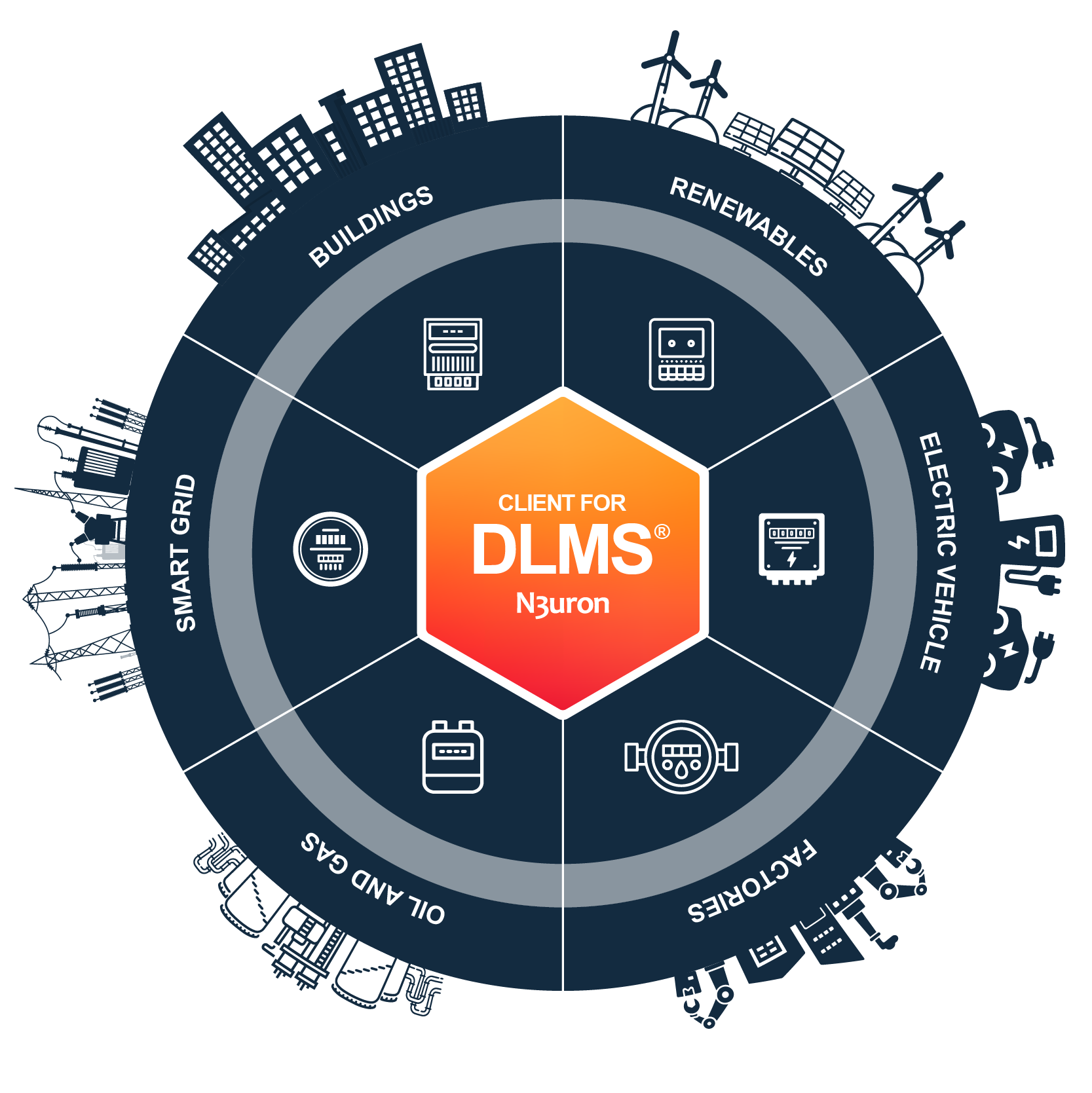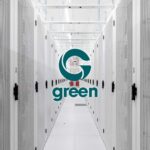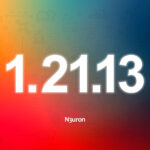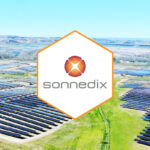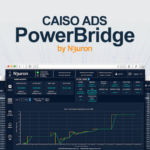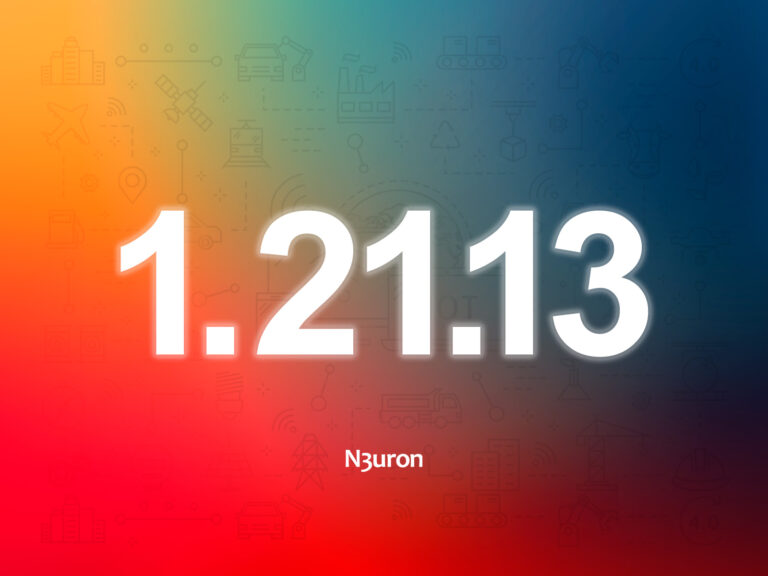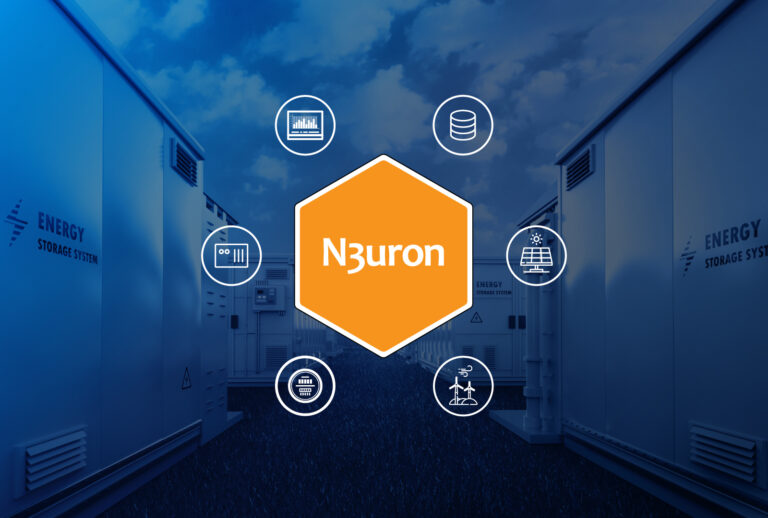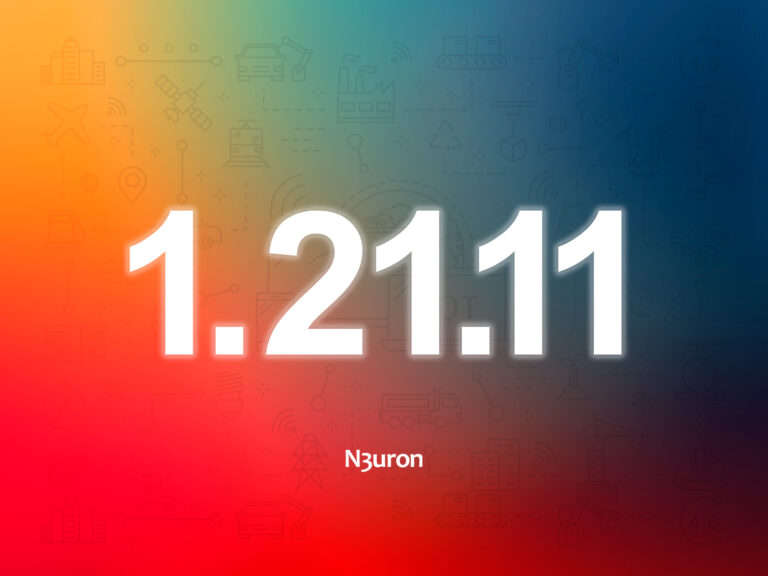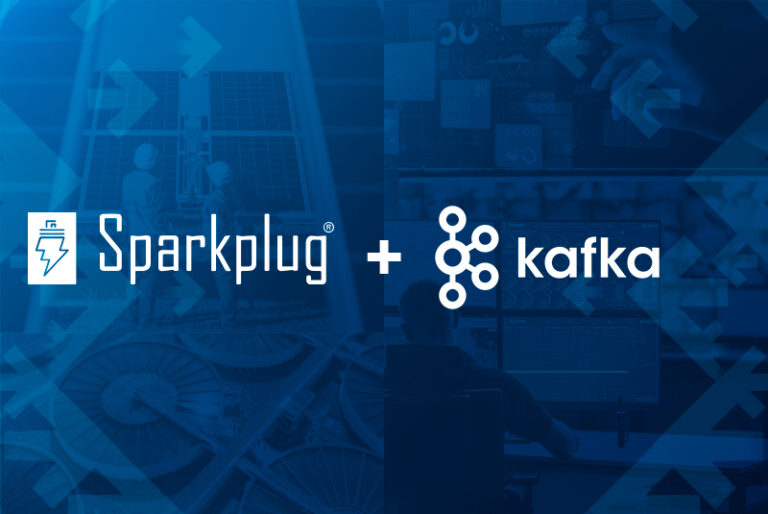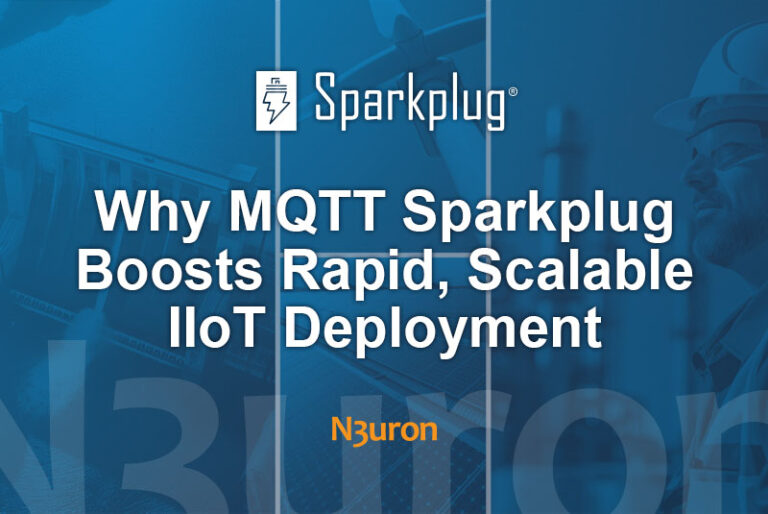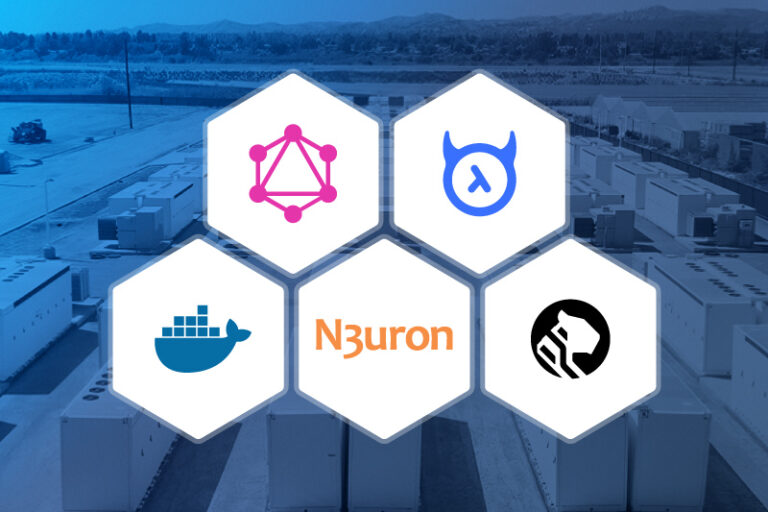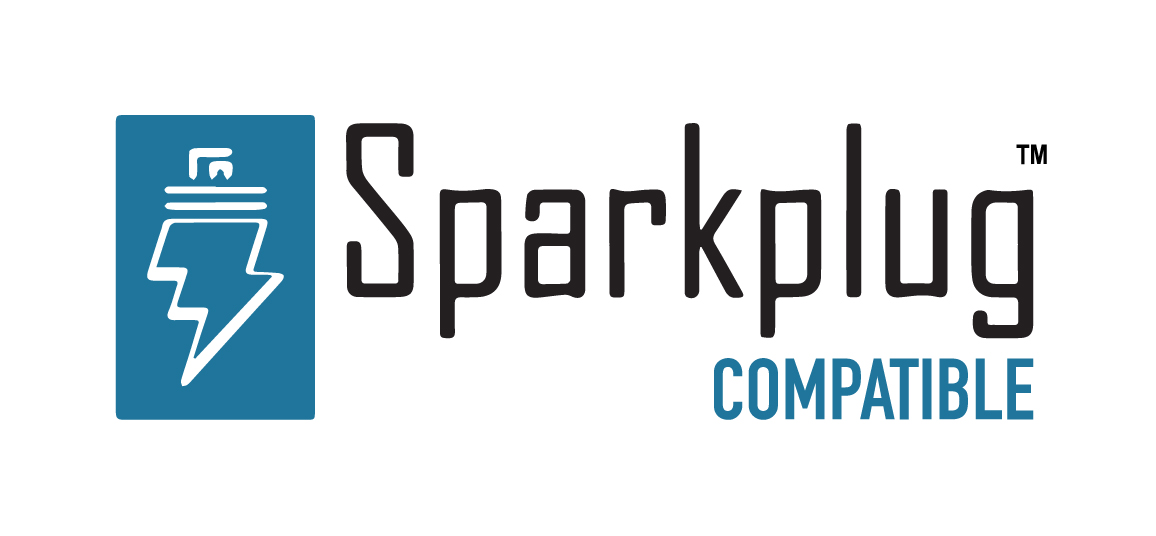RESOURCES / ARTICLES
What is DLMS® (Device Language Message Specification)?
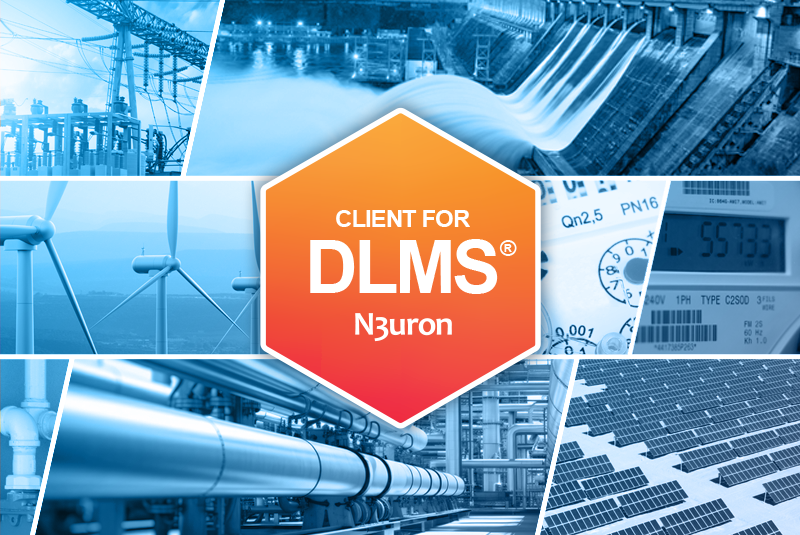
DLMS® for Utility Metering Explained
Device Language Message Specification (DLMS®) is a standardized communication protocol that spurred a revolutionary transformation in the utility metering industry in the late 1990s. DLMS® — along with its key components COSEM (Companion Specification for Energy Metering) and OBIS Code (Object Identification System) — marked a significant milestone in utility management. Built upon the foundation of the International Electrotechnical Commission (IEC) standard 62056, DLMS® emerged as a game-changer, offering unparalleled interoperability and flexibility across diverse metering technologies. Today, as the management and monitoring of utility consumption continue to evolve rapidly, DLMS® remains at the forefront. Understanding DLMS® requires diving into its components, such as COSEM, OBIS Code, and the foundational IEC 62056 standard. These components form the backbone of modern utility metering systems, ensuring efficiency, accuracy, and compatibility in the ever-changing landscape of utility infrastructure.
What is DLMS® Protocol?
DLMS® serves as a standardized communication protocol for utility meters, enabling seamless data exchange between meters, data concentrators, and client applications. It acts as a universal language, transcending the barriers of meter manufacturers, to ensure interoperability and compatibility within utility systems.
Understanding DLMS®
This protocol not only facilitates efficient communication but also provides a comprehensive framework for managing utility data effectively. By establishing common rules and procedures, DLMS® streamlines integration efforts, simplifies deployment processes, and enhances operational efficiency across utility networks.
DLMS® Components
DLMS® encompasses various components. These include COSEM, OBIS Code, and IEC 62056 standards, which collectively form the foundation of modern utility metering systems. Understanding DLMS® is crucial for stakeholders involved in utility management. Such understanding empowers them to leverage DLMS® capabilities for driving innovation, improving service delivery, and enhancing customer experience within the utility sector.
Insight into COSEM
COSEM, short for Companion Specification for Energy Metering, represents a standardized framework within the DLMS® (Device Language Message Specification) ecosystem. It serves as a comprehensive set of specifications and guidelines for facilitating communication and data exchange between utility meters and data collection systems. At its core, COSEM defines common data structures, communication protocols, and operational procedures that enable seamless interoperability among diverse metering devices. This standardization ensures that meters from different manufacturers can communicate effectively, regardless of their individual specifications or protocols. DLMS/COSEM supports communications over TCP, UDP, RS-232, RS-485 and multiple power line protocols. A key strength of COSEM lies in its versatility and adaptability. It accommodates various metering technologies and functionalities — allowing utilities to deploy a wide range of meter types (including electricity, gas, water, and heat meters) within a unified communication framework. By adopting COSEM, utilities can streamline integration efforts, simplify data management processes, and enhance operational efficiency across their metering infrastructure. COSEM also serves as a catalyst for innovation in the utility sector, fostering the development of advanced metering solutions and enabling utilities to stay ahead in an increasingly dynamic and interconnected environment.
Decoding OBIS Codes
Within the COSEM framework, data objects are identified using OBIS Code, or Object Identification System. OBIS Code is a standardized scheme that organizes metering data in a hierarchical structure, making it easier to identify and interpret. The list of all possible OBIS codes is published by the DLMS Users Association (DLMS UA).
OBIS codes are the Logical Names of COSEM objects. An OBIS code is a 6-byte number that uniquely identifies an object in a logical device.
Each segment of the OBIS Code represents a specific aspect of the data, such as measurement type, unit, and scaling factor. For example, an OBIS Code like “1.0.1.8.0.255” might represent active energy consumption in Wh. This structured approach ensures consistency in data representation across different metering systems, regardless of the manufacturer.
OBIS codes identify data items used in energy metering equipment, in a hierarchical structure using six values of group A to group F.
- Group A: Specifies the medium of the object (0= Abstract Objects, 1=Electricity, 7=gas, Etc.)
- Group B: Specifies the channel (useful for example when a data concentrator is connected to several meters).
- Group C: Specifies the Physical Value (Current, Voltage, Energy, etc.).
- Group D: Identifies types, or the result of the processing of physical quantities identified by values in value groups A and C, according to various specific algorithms.
- Group E: Identifies further processing or classification of quantities identified by values in value groups A to D.
- Group F: Identifies historical values of data, identified by values in value groups A to E, according to different billing periods. Where this is not relevant, this value group can be used for further classification. May be set to 0xFF (255) where this is irrelevant.
Here are a few more examples to illustrate the versatility of OBIS Codes:
| OBIS Code | Description |
| 1.0.1.8.0.255 | Cumulative Active energy consumption in Wh |
| 1.0.1.7.0.255 | Total Active Power in W |
| 1.0.3.7.0.255 | Total Reactive Power in VAr |
| 1.0.9.7.0.255 | Total Apparent Power in VA |
Insight into IEC 62056
DLMS/COSEM protocol is built upon the International Electrotechnical Commission (IEC) standard 62056. This standard defines the physical and data link layers for meter communication. IEC 62056 specifies protocols for communication interfaces like RS-232, RS-485, and infrared, ensuring compatibility between meters and data collection devices.
IEC 62056 comprises various parts, each addressing different aspects of meter communication:
- IEC 62056-21 – Direct Local Data Exchange: Defines protocols for direct local communication between utility meters and data collection devices. It specifies methods for exchanging metering data over physical communication interfaces like RS-232 and RS-485.
- IEC 62056-42 – Physical Layer Services and Procedures for Connection-Oriented Asynchronous Data Exchange: Outlines procedures and services for asynchronous data exchange at the physical layer. It defines how data is transmitted and received between meters and data concentrators.
- IEC 62056-46 – Data Link Layer using HDLC Protocol: Specifies the data link layer protocol using High-Level Data Link Control (HDLC). It defines procedures for framing, error detection, and flow control in meter communication.
- IEC 62056-47 – COSEM Transport Layers for IPv4 Networks: Focuses on transport layer protocols for communication over IPv4 networks. It defines how COSEM messages are encapsulated and transmitted over TCP/IP networks.
- IEC 62056-53 – COSEM Application Layer: Defines the application layer protocol for COSEM communication. It specifies how metering data is formatted, encoded, and exchanged between devices.
- IEC 62056-61 – OBIS Object Identification System: Lays out the Object Identification System (OBIS) used to identify data objects within DLMS/COSEM. It defines the structure and format of OBIS Codes for organizing metering data.
- IEC 62056-62 – Interface Objects: Specifies interface objects for DLMS/COSEM communication. It defines common data structures and attributes used for device interaction.
Applications and Benefits
DLMS®, along with its underlying components, finds widespread applications in utility metering systems worldwide. DLMS-compliant devices offer numerous benefits, including interoperability, data accuracy, and scalability. These benefits translate into real-world advantages such as remote meter reading, load management, and billing accuracy. For instance, DLMS® enables utilities to remotely collect meter data, monitor power quality, and implement demand response programs. This remote functionality enhances service reliability and reduces operational costs, driving efficiency in utility operations.
Challenges and Implementation
DLMS/COSEM (or IEC 62056) is the main global standard for smart energy metering, control and management. While DLMS® presents numerous advantages, implementing DLMS-based solutions comes with challenges, compatibility issues, and cybersecurity concerns that pose significant hurdles in adopting DLMS® in utility infrastructure.
Simplifying Energy Metering with the DLMS® Client
N3uron’s DLMS Client Module (IEC 62056) streamlines the process to connect and integrate any DLMS-compliant meter with your applications.
Whether you need to integrate the data from your meters into an energy monitoring system, an invoicing application, a SCADA or BMS, N3uron’s Client for DLMS® Module offers a comprehensive, user-friendly, and affordable solution for energy meter connection and data acquisition. Data retrieved using the Client for DLMS® can be easily shared with third-party applications via any Data Delivery module. N3uron supports multiple options, including MQTT Client, OPC UA Server, Sparkplug Client, REST API Server, and much more. This flexibility enables seamless integration with existing systems and opens up limitless possibilities for data integration. The data acquired from DLMS® meters — together with sub-metering values retrieved from other meters through Modbus Client, IEC 102 Client, or any other modules within the N3uron platform — can then be stored in a database using Historian or SQL Client, shown on Web Vision dashboards or used for calculating cost predictions and performance metrics with Derived Tags or Scripting modules.
Next Steps to Optimize Energy Monitoring
Take the next step towards optimizing your energy monitoring solution. Streamline your operations, unlock a new level of efficiency and reliability, boost your business growth, and deliver excellence to your customers. Download N3uron today and transform the way you manage data!
N3uron is a member of the DLMS® User Association community. Our module, Client for DLMS®, is DLMS® compatible.

N3uron is a member of the DLMS® User Association community. Our module, Client for DLMS®, is DLMS® compatible.
